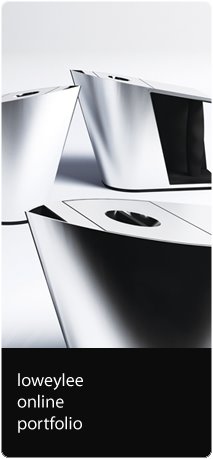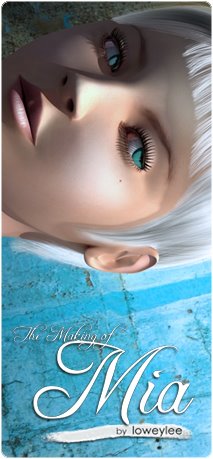 image from laura242
image from laura242 Source: Lovemarks – the future beyond brands
Written by: Kevin Roberts, CEO Worldwide, Saatchi & Saatchi
Human beings are powered by emotion, not by reason.
Study after study has proven that if the emotion centers of our brain are damaged in some way, we don’t just lose the ability to laugh or cry, we lose the ability to make decisions. Alarm bells for every business right there.
The neurologist Donald Calne puts it brilliantly:
“The essential difference between emotion and reason is that emotion leads to action while reason leads to conclusions.”
You don’t have to a be brain surgeon to get that. The reality we face does not require mastery of arcane terminology, and it’s not about evaluating competing theories about how the mind works or how it is structured.
The brain is more complex, more densely connected, and more mysterious than any of us can dream. That’s as much as we have to know. Emotion and reason are intertwined, but where they are in conflict, emotion wins every time. Without the fleeting and intense stimulus of emotion, rational thought winds down and disintegrates.
Writer Virginia Postrel has a great example of how ignoring the real emotions of consumers can point us in the wrong direction. About ten years ago, many women’s fashion retailers had the same dumb idea: it’s possible to rationally predict what women want. The demographics said that women were getting older and bigger and so perfect logic kicked in. Older, bigger women are not going to be interested in youth, novelty, or sex appeal. Bad call. Turned out that women didn’t feel older and bigger at all. They rushed to buy slinky slip-dresses and curvy, mini-skirted business suits. The logicians tanked and the few retailers who backed a genuine understanding of the human heart did great.
What is important is to engage with the new realities of emotion. We must work out what they mean to us. How they affect behaviour. And then do something different because of it. Marketing people talk about emotion. They present charts and diagrams, even raise their voices and wave their arms, but fundamentally they treat emotion as…out-there, felt by someone else and able to be manipulated.
Analyzing other people’s emotions and refusing to acknowledge our own dumps us in the same old rut. What a waste. The emotions are a serious opportunity to get in touch with consumers. And best of all, emotion is an unlimited resource. It’s always there-waiting to be tapped with new ideas, new inspirations, and new experiences.
So what kind of emotions are we talking about? Everyone has a different list, but people tend to agree on two points: first, emotions can be separated into primary and secondary emotions; and second, most of our emotions are negative. Emotions can inspire and excite us. They can also frighten and threaten us. It’s survival. Our emotions tell us what’s important, and in our ancient past it was smart to pay the most attention to the bad stuff.

 image from laura242
image from laura242

